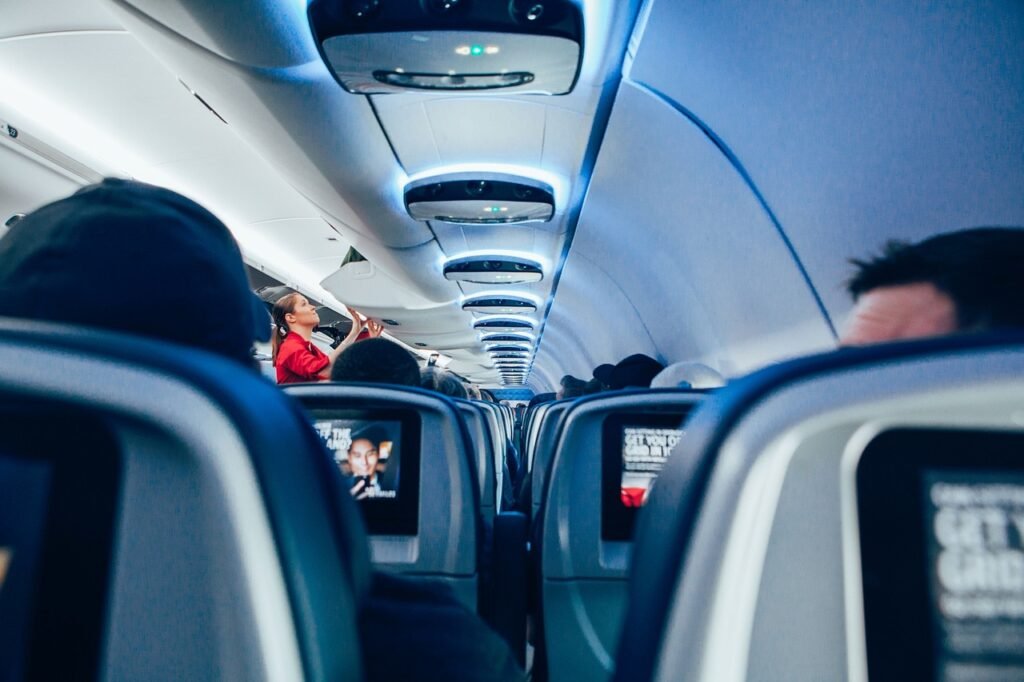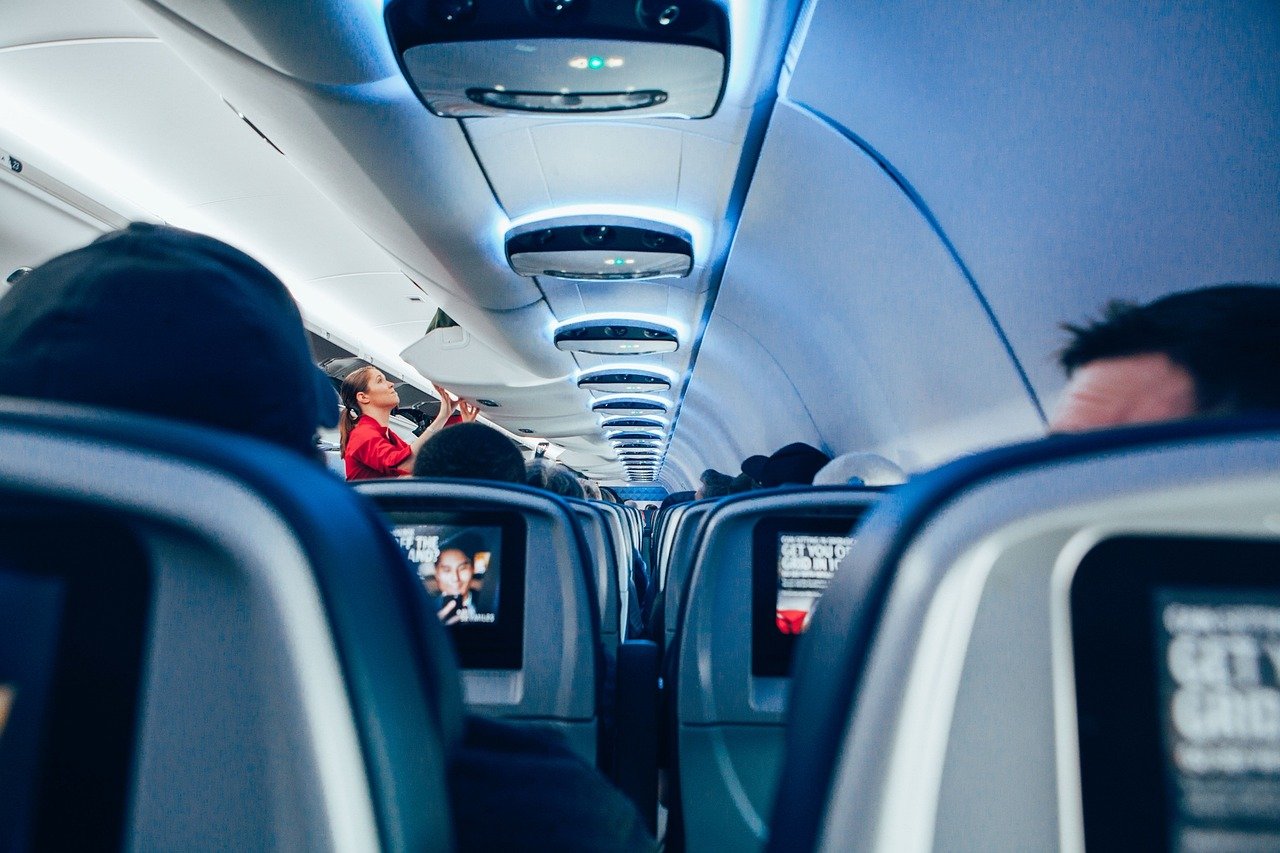Air travel has evolved in countless ways over the decades, but one aspect that has gained remarkable attention is the quality of inflight catering. Gone are the days of bland, pre-packaged meals served in styrofoam containers. Today, passengers expect gourmet experiences while cruising at 35,000 feet, and airlines are responding with meals that rival the finest restaurants. From fine-dining experiences in first class to delicious, healthy options in economy, inflight catering has become a crucial part of the travel experience.
The Evolution of Inflight Catering
The concept of inflight catering dates back to the early days of commercial aviation. Initially, meals served to passengers were simple affairs, often consisting of sandwiches and snacks. As air travel became more popular and passenger expectations began to rise, airlines realized the potential for inflight catering to enhance the overall customer experience.
In the 1950s and 1960s, airlines began offering more elaborate meals. This was the golden age of air travel, where passengers could enjoy multi-course meals in the sky, often accompanied by fine wines. This era was also when the term “airline food” started to be associated with luxury and sophistication, albeit in a more simplistic way compared to today’s standards.
Fast forward to the present day, inflight catering has been revolutionized by technology, evolving tastes, and an increasingly discerning clientele. Today, airlines partner with top chefs and caterers to design menus that reflect the cultural diversity and culinary preferences of their passengers.
A Blend of Art and Science
Creating the perfect inflight catering menu is both an art and a science. The challenge of serving delicious food at high altitudes has led to the development of innovative culinary techniques that ensure food maintains its flavor and texture even when airborne.
At sea level, food tastes differently due to the pressure and composition of the air. On a plane, the environment is dry, the cabin is pressurized, and the altitude can affect our taste buds. As a result, dishes that might be perfectly seasoned on the ground often taste bland in the sky. Inflight catering experts account for this by adjusting the seasoning, flavor intensity, and even the cooking techniques to ensure that the meal is as enjoyable at 35,000 feet as it would be at sea level.
Chefs working in the inflight catering space must also consider the limitations of aircraft kitchens, which are often compact and lack the sophisticated equipment found in traditional kitchens. This means that food must be designed to be easily prepared, stored, and reheated while still maintaining its quality and taste. Special attention is paid to the packaging as well, as it needs to preserve the integrity of the meal while making it easy to serve.
Innovations in Inflight Catering
The rise of inflight catering has been fueled by innovations in food preparation and technology. Airlines are now offering everything from healthy, locally sourced meals to fully personalized options for passengers with specific dietary needs. The introduction of gourmet meals and high-quality snacks has transformed the way we think about eating on a plane.
One of the most notable advancements in inflight catering is the focus on sustainability. Many airlines are now prioritizing eco-friendly packaging and working with caterers who focus on local and organic ingredients. This trend is not only environmentally responsible but also contributes to the growing demand for fresher, healthier food options in the sky.
Another major development is the trend toward more personalized menus. Thanks to technology, airlines can now offer a broader range of options for passengers, including those with dietary restrictions, such as gluten-free, vegan, or kosher meals. Some airlines even allow passengers to pre-select their meals before flying, ensuring they get exactly what they want once onboard.
The Role of Inflight Catering in Passenger Experience
The importance of inflight catering in shaping the passenger experience cannot be overstated. A well-crafted meal can make a significant difference in how passengers perceive their journey. Whether it’s a five-star dining experience in first class or a delicious, wholesome snack in economy, food can enhance the overall travel experience and create lasting memories.
For luxury travelers, premium inflight catering has become a key part of the experience. First-class passengers are often treated to multi-course meals designed by renowned chefs, served on fine china with an extensive wine list to accompany each course. This level of luxury elevates the entire flight, making it feel like a private dining experience in the sky.
In contrast, for economy passengers, airlines have become increasingly focused on offering more nutritious and varied meal options. Whether it’s a fresh salad, a protein-packed wrap, or a locally inspired dish, the goal is to provide passengers with meals that are satisfying and cater to a variety of tastes and dietary needs.
Inflight catering also plays a role in how airlines differentiate themselves in a competitive market. With the rise of low-cost carriers, airlines need to find innovative ways to engage passengers and offer value-added services. While not all budget airlines offer full meals, many have begun providing snack boxes, premium meal options, and beverages that can be purchased during the flight.
Challenges and Future of Inflight Catering
Despite all the progress made in inflight catering, challenges remain. Airlines must balance cost with quality, ensuring that meals are both affordable and satisfying. As fuel costs and overheads continue to rise, airlines are forced to rethink their catering strategies to keep their services efficient while offering high-quality food.
Looking ahead, inflight catering is likely to see even more innovation, particularly as passenger preferences evolve. With the growing focus on health and sustainability, there may be a continued shift toward plant-based, organic, and locally sourced options. Additionally, technological advancements could further streamline the process of meal preparation and delivery, allowing for even more customized experiences.
As air travel continues to grow and evolve, inflight catering will undoubtedly remain an integral part of the journey, transforming each flight into an opportunity for culinary discovery and indulgence.

Conclusion
The world of inflight catering has come a long way, transforming from simple sandwiches to gourmet meals served on board. As airlines continue to innovate and cater to increasingly diverse passenger preferences, inflight catering will play a critical role in enhancing the flying experience. Whether it’s a five-star meal in first class or a quick, healthy snack in economy, the evolution of inflight catering continues to elevate the experience of air travel, proving that food truly is an essential part of the journey.
